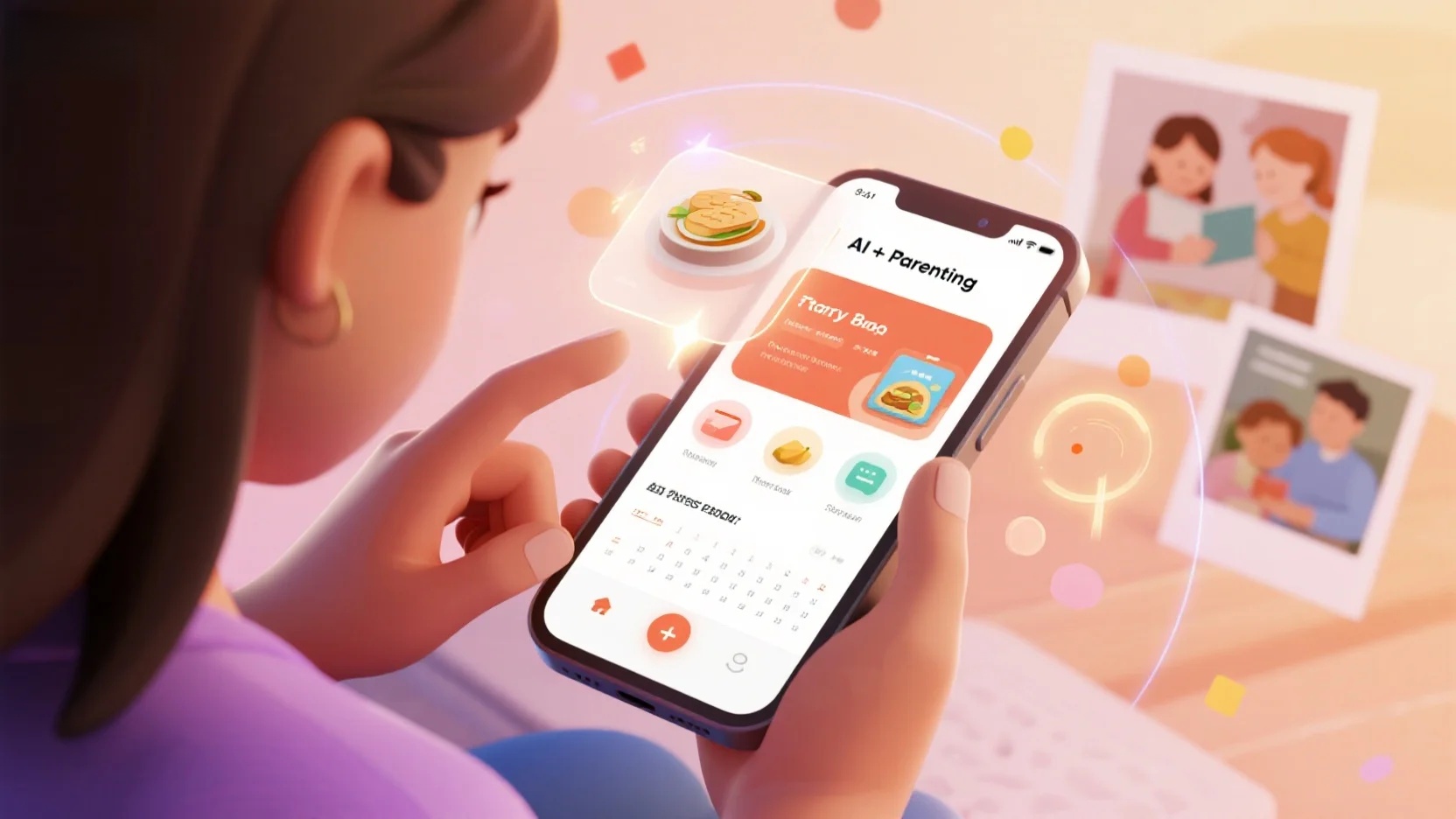Introduction:
From bedtime stories written by ChatGPT to Claude-generated meal plans, artificial intelligence is making its way into family life—and many parents are embracing it. For overwhelmed moms and dads juggling work, household duties, and emotional labor, AI can feel like an extra pair of hands, or even a thoughtful co-parent.
But while AI offers unprecedented convenience and mental relief, it also raises important questions: Are we relying too much on algorithms? What about privacy, accuracy, and the human connection? Let’s explore the benefits and boundaries of AI in modern parenting.
1. AI as a Parenting Assistant
Many parents are now using AI tools like ChatGPT, Claude, or Gemini for a variety of tasks:
- Crafting Emails: AI helps parents write polite but firm messages to teachers, babysitters, or pediatricians.
- Meal Planning: With a few dietary restrictions typed in, AI can generate a week’s worth of toddler-friendly meals.
- Storytelling: Parents can co-create bedtime tales featuring unicorns, robots, or family members as the heroes.
- Emotional Support: Some parents even use AI chatbots as a low-pressure outlet for venting frustration or processing parenting guilt.
- Game & Activity Ideas: AI can suggest developmentally appropriate indoor activities or emotion-regulating games when a child has a meltdown.
In short, AI is becoming a versatile tool that can save time, reduce stress, and spark creativity—especially for first-time or working parents.
2. The Psychological Relief Is Real
The mental load of parenting is heavy, especially for mothers, who often handle the “invisible labor” of family life. AI can help:
- Reduce decision fatigue (“What’s for dinner?” becomes a 5-minute task)
- Spark new parenting strategies with fresh suggestions
- Provide a sense of control and calm in chaotic moments
In this way, AI is not just practical—it’s therapeutic.
3. But… What Are the Risks?
Despite its perks, experts urge caution:
- Over-reliance: Parents might start turning to AI for answers they should intuitively provide or explore with their child.
- Privacy concerns: Many free AI tools store data—raising concerns about children’s personal information.
- Cultural bias: AI-generated suggestions may not always reflect cultural values or be developmentally appropriate.
- Reduced emotional connection: Outsourcing bedtime stories or discipline strategies could unintentionally reduce quality bonding time.
As with any tool, AI’s impact depends on how it’s used. It should support, not replace, the parent-child relationship.
4. The Human-AI Balance
So what does a healthy balance look like?
- Use AI to lighten the admin load—emails, calendars, meal ideas—but keep emotional labor human.
- Let AI spark ideas—but use your judgment to adapt them to your child’s temperament and values.
- Set boundaries: Don’t allow AI to become a crutch. Reserve face-to-face time for emotional moments, bedtime, or discipline.
Conclusion
AI is not here to replace parents—but it can make parenting more manageable. When used with care and intention, AI becomes a helpful tool to enhance—not replace—the human warmth and wisdom that children need most.
In a world of smart devices and fast-moving tech, the smartest parenting move may be knowing when to ask for help—and who to ask it from.








